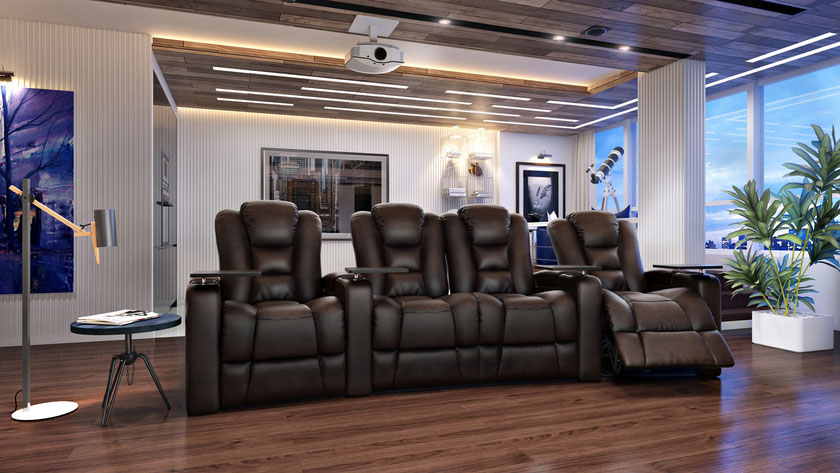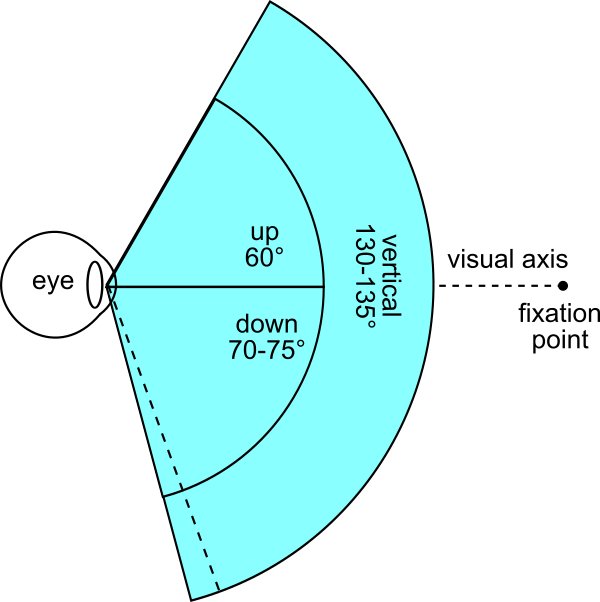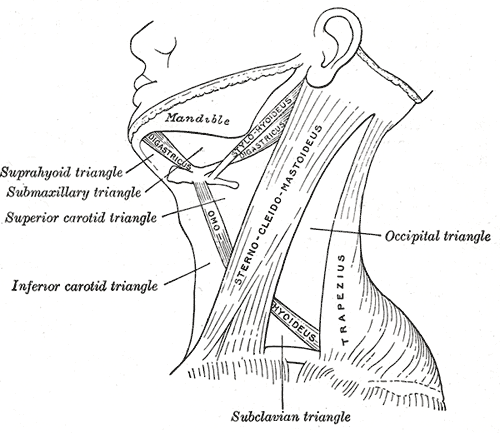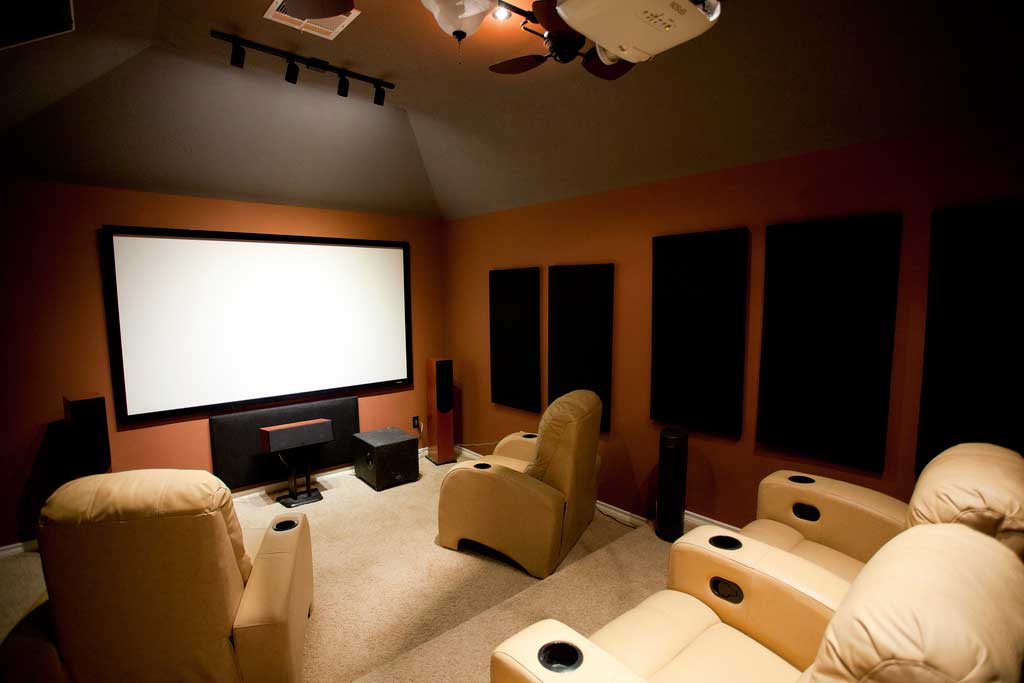Escaping the often cramped and uncomfortable surroundings of the movie theater for the luxury of a home movie experience is one of the pleasures of having your own home movie set-up.
Of course, this does mean that you have to pay attention to both the furniture and layout of your home movie theater to maximize comfort and enjoyment for family and friends. A good place to start is with ergonomically designed (‘ergo design’) seating but ergonomics is about much more than choosing an item of furniture.
So what is ergonomics is all about:

Section 1: Where Did Ergonomics Come From?
Good design can save lives and this prompted the US military to start looking into the issue during the Korean War. The poor positioning of ejector seat buttons in aircraft caused a number of trainee pilots to activate the ejector seats in error and some tragically died. However, the term ergonomics – which translates as ‘rules of work,’ didn’t enter common language until around 20 years after that.
A veteran of that war, Jack Kelley, became linked with this new smart way of designing furniture through his work with Stanford Research Institute computer developer Dr Douglas Englebart, giving birth to the concept of the “Action Office” – the first office which could be built around the needs of the workforce. For the first time, employees could raise and lower seats and desktops in one inch increments instead of struggling to adapt to ‘one size fits all’ furniture.
It may seem a big leap from faulty ejector seats and computer desks to home theater seating but the principles of ergonomics apply just as much to leisure and entertainment as they do to the workplace. It is all about designing the environment so that it best fits the individual user. It requires taking a wide-angle view to consider the task at hand – for example the comfort and enjoyment of a home movie experience. It deals as much with individual differences in the way people work, rest and play as it does with their different body shapes and sizes.

Section 2: Ergonomics in Home Theater Seating
To maximize comfort and luxury, many DIY home theaters (though not all) incorporate recliners in their seating choices, one of the most iconic ergonomically designed pieces of furniture in modern homes.
The basic recliner contains two components: a seat back which tilts backwards and a foot rest that raises upwards. Recliners are also designed to look appealing through the combination of shape and choice of upholstery. As Ergonomic Design Blog puts it: “If I want to create a comfortable chair it not only has to be comfortable but it has to look comfortable. It has to make someone want to sit in it.”
In keeping with the principles of ergonomics, it is not enough to design a recliner that allows people to lay back and put their feet up. Most people like to watch the TV when they relax and this affects the angle of their neck. As a result, designers must ensure that the reclining chair provides plenty of support to the neck and back to avoid discomfort and damage to the musco-skeletal system.
The neck is a complex structure with lots of different muscles working together to tilt and rotate the head. For example, neck flexion (the action of raising and lowering the head) involves the sternocleidomastoid muscle, scalenes, trapezius, splenius capitis, spleniuscervicis and semispinalis among others.
What’s more, researchers studying the way people look at screens have found that we tend to use our necks more than other muscles (e.g. the eyes, thorax and trunk) when tilting the head up and down. For example, in an article for the International Journal of Occupational Safety and Ergonomics (2013) it was found that for a viewing angle 40 degrees above and below the horizontal (i.e. 80 degrees total flexion), the neck moved through around 50 degrees compared with the thorax and eyes which each moved through only 13 degrees.
A good recliner can allow the movie viewer to tilt their head backwards without putting undue tension on the neck muscles, supporting the back at the same time. However, that will not compensate for poor home theater design when it comes to enjoyment.

Section 3: Ergonomics and the Home Theatre Layout
It is not enough to simply buy some ergo design seating and place it randomly within your home theater. Instead, your seating – recliner or otherwise – needs to be seen as part of an overall design project focused on the needs of those who will be sharing your movie experience.
Going back to neck flexion, it is good practise that viewers should be able to see the top and bottom of the screen without tilting their head more than 15 degrees regardless of the type of seat they are in. In practise, this means that – reclined or upright – their eye level should be set at between one sixth and one third from the bottom of the screen. The actual minimum and maximum seating distances you will need to work to will also depend on the size of the screen. This can range from under 4 feet for a 35 inch screen to around 9 feet for a 60 inch screen. Time spent experimenting with screen height, viewing distance and seating layout will be worth it in the long run.
A general tip about maximizing home theater ergonomics is to think about everything that bugs you about going out to the movies. For example, one of the most common complaints is that rows are placed to close together to pack as many people in as possible.
When designing your seating layout, as well as factoring in the horizontal and vertical viewing angles and audio speaker positioning (explained in more detail in our other posts), you need to think about the leg room people will have as they stretch out. Ideally there should be enough room to walk between rows even with all seats reclined to their fullest extent – which can add up to 30 inches to the depth of each seat! When you take this into account you might find it better to set up two rows of seats with adequate leg room rather than squeeze in an extra row.
Where multiple rows are going to be needed, consider installing a riser so that people further back are not obstructed by the people sitting in front.
By adjusting the ergonomics of your home theater, both in the seating layout and the choice of ergo design seating, your friends and family can enjoy maximum comfort and pleasure as they take in the latest blockbuster.


